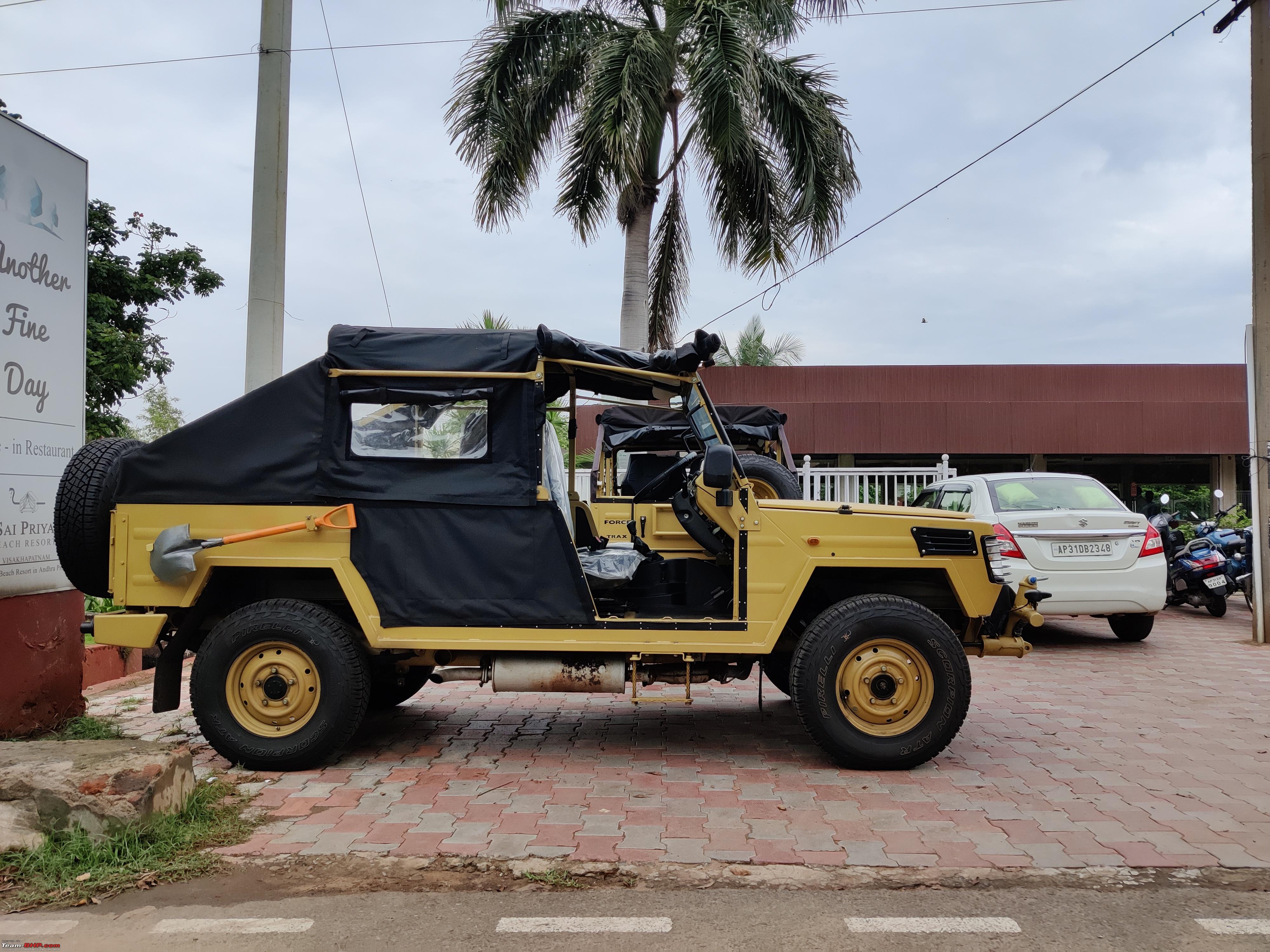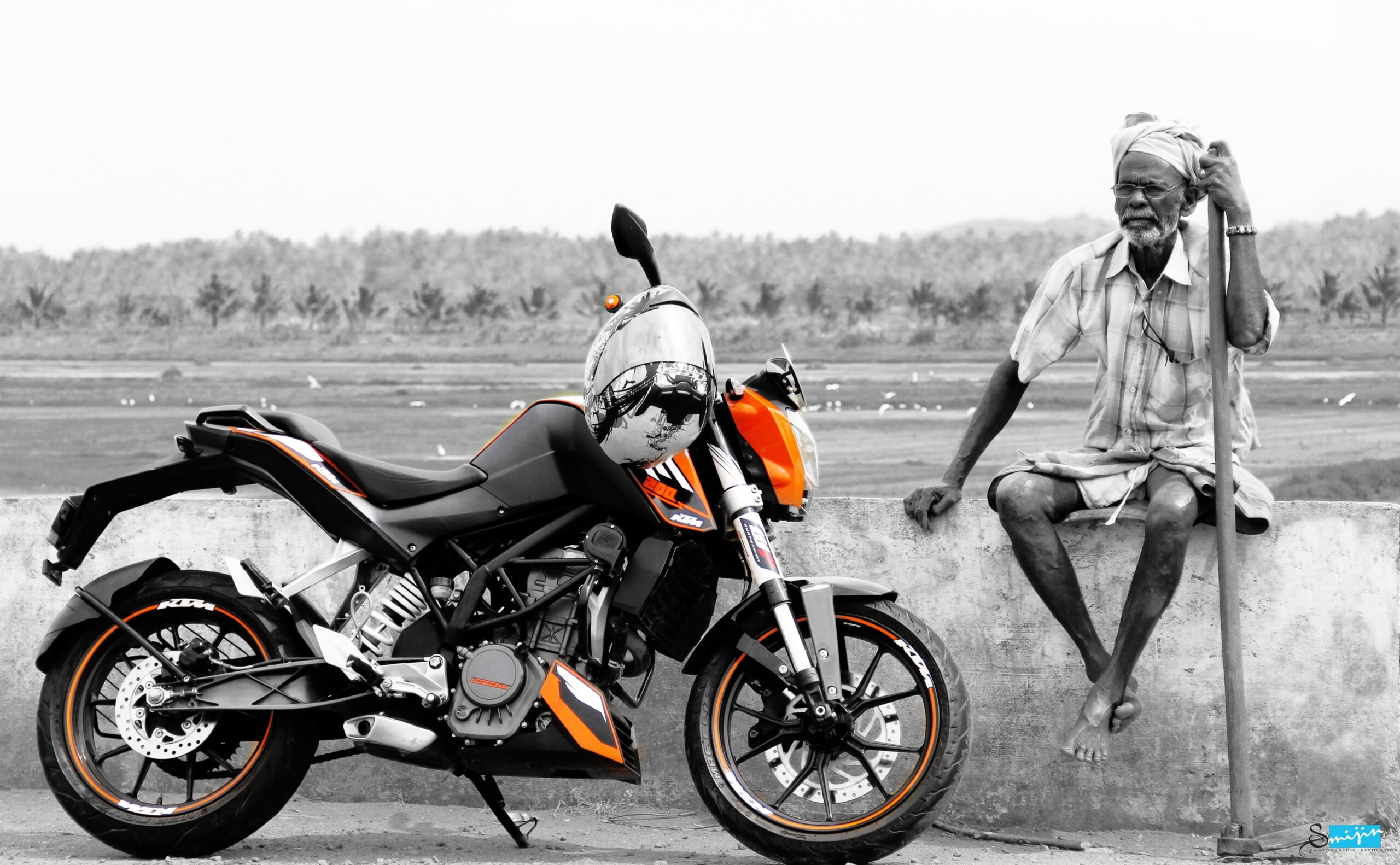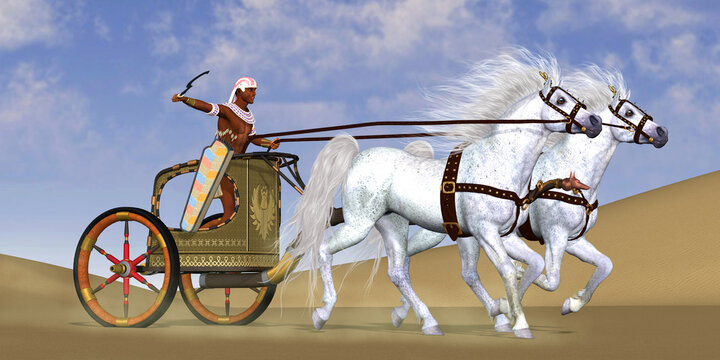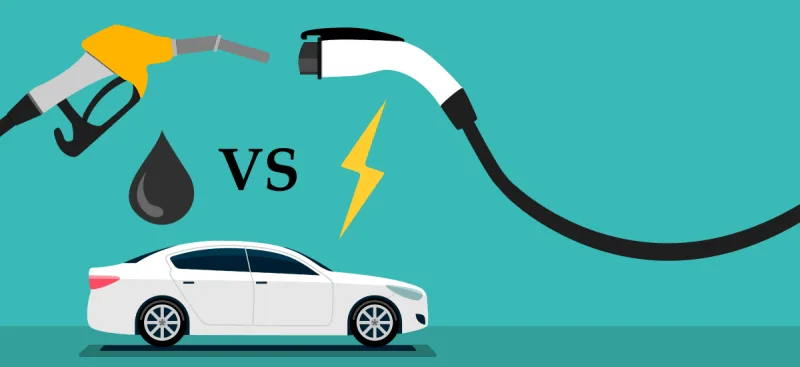
Introduction
In a move that has both raised eyebrows and sparked debate over the Indian Defence who has placed an order for 2,978 Gurkha SUVs. Yes, you read that right—2,978 rugged, off-road beasts set to roll into battalions, replacing (or supplementing) a legendary fleet that has served the nation for decades. And as if that wasn’t enough to make you spit out your chai, rumor has it that these Gurkhas come equipped with a diesel engine similar to Mercedes-Benz OM616 4-cylinder, inline
For those who have fond memories of the trusty Maruti Gypsy—over 35,000 of which still roam India’s remotest corners—the thought of swapping these nimble, petrol-powered workhorses for their diesel-powered, torque-laden cousins begs the question: Is the Indian Defence truly upgrading its fleet, or are they just having a good old laugh at practicality’s expense?
Today, we embark on an editorial journey that questions every facet of this contract. We compare engine displacements, horsepower, torque figures, and even the spirit of the vehicles. Brace yourself for a deep dive into specs, strategy, and some unbiased criticism along the way.
The Legacy of the Gypsy
For decades, the Maruti Gypsy has been more than just a vehicle—it’s been an icon. Known for its lightweight build, ease of maintenance, and uncanny ability to perform under extreme conditions (from Himalayan chills to scorching desert heat), the Gypsy has earned its revered place in the hearts of soldiers. With a modest 1.3-liter naturally aspirated petrol engine delivering around 80 bhp and 103 Nm of torque, this unassuming workhorse has proven that sometimes, simplicity wins.
Despite its age and much-criticized safety features, the Gypsy’s straightforward mechanics have made it a favorite for on-the-spot repairs in the most isolated outposts. Its design, almost as if chiseled from a military blueprint for resilience, has seen it through countless missions, border patrols, and ceremonial duties. No wonder over 35,000 Gypsies are still faithfully serving the Indian Army, Air Force, and even the Navy.
But times change. As newer technologies and demands for improved fuel efficiency and performance hit the agenda, the age-old question looms large: Will the Gypsy finally get its well-deserved retirement—or, in true Defence fashion, a bittersweet farewell with a twist? Enter the Gurkha.
Enter the Gurkha
Force Motors—a trusted supplier of rugged vehicles to the defence sector—has now secured a significant order for its Gurkha range. The latest order of 2,978 units is more than just a numbers game; it represents a strategic pivot. The Gurkha, available in both 3-door and 5-door variants, comes equipped with a 2,596 cc turbocharged diesel engine that churns out about 138 bhp at 3200 rpm and a jaw-dropping 320 Nm of torque @ 1400-2600 rpm.
The irony is rich. When compared with the Gypsy’s lightweight, unpretentious petrol engine, the Gurkha’s diesel heart is like that overzealous cousin at family reunions—boasting raw power and not a hint of modesty. With torque numbers that leave the Gypsy’s 103 Nm in the dust, the Gurkha practically challenges any hill to a duel.
The Jimny Debate: The Unexpected Replacement Cousin
No conversation about Indian defence vehicles is complete without mentioning the Maruti Suzuki Jimny—a vehicle that many enthusiasts have dubbed as the natural successor to the Gypsy. Powered by a 1462 cc petrol Naturally Aspirated engine that produces roughly 103 bhp and 134.2 Nm of torque, the Jimny offers a modern upgrade with efficiency and practicality. Yet, intriguingly, the Defence has passed it over for this order.
Why? Is it because the Jimny, despite its modern features and efficiency, doesn’t have the “weighty” diesel badge that the Gurkha proudly sports? Or is it simply that with 35,000 Gypsies already in service, a complete overhaul isn’t on the cards—just a selective injection of raw power where needed?
It’s a Shakespearean twist: the Gypsy, a symbol of simplicity and resilience, versus the Gurkha, a diesel-fueled powerhouse that seems to be all muscle and no mercy, with the Jimny, the modern underdog, left waiting in the wings. It’s as if the Defence is having a grand debate—do we embrace the legacy of yesteryears, invest in the promise of tomorrow, or simply opt for the brute force of today?
Is the Gurkha Order a Signal of a Major Overhaul?
The big question remains: does this massive order signify a full-scale replacement of the legendary Gypsy, or is it merely a supplementary move aimed at boosting capability in specific operational theatres?
Let’s break it down:
-
Performance and Capability: The Gurkha’s robust diesel engine and impressive torque figures are undeniably built for missions demanding sheer power. Its excellent water-wading capacity and off-road prowess make it ideal for extreme environments. But can a vehicle that seems designed more for heavy-duty industrial work really replace a fleet celebrated for its nimble, repair-friendly nature?
-
Operational Efficiency: The Gypsy’s unadorned mechanics have long been its saving grace. When you’re stranded in a remote Himalayan pass, the ability to perform quick, on-the-spot repairs isn’t just handy—it’s essential. In contrast, the Gurkha, with its sophisticated and weighty powertrain, might require specialized maintenance that isn’t always feasible in the field.
-
Cost and Fuel Efficiency: Diesel engines tend to deliver better torque and fuel efficiency in heavy-duty scenarios. However, the maintenance costs and potential operational complexities of a diesel powertrain might offset those gains. After all, a 2,500 kg engine might not offer the agility of its lightweight petrol counterparts.
-
Symbolism and Tradition: The Gypsy is more than a vehicle—it’s a testament to rugged, no-nonsense engineering. Replacing it with the Gurkha might signal progress, or it could be seen as a stark break from tradition. It’s the eternal clash of old-school reliability versus modern raw power.
In essence, this order might represent a strategic compromise—a calculated risk intended to blend the best of both worlds. Or perhaps it’s a bold statement that the Defence is ready to trade the nimble for the mighty. The truth is likely to be as multifaceted as the terrains these vehicles are meant to conquer.
Comparing the Contenders: Gurkha vs. Gypsy vs. Jimny vs. Mahindra Thar
Let’s lay out the specs for our four contenders:
Maruti Gypsy:
- Engine: 1.3-liter NA petrol
- Power: 80 bhp
- Torque: 103 Nm
- Legacy: Over 35,000 units, beloved for its simplicity and ease of repair.
Maruti Suzuki Jimny:
- Engine: 1462 cc petrol
- Power: 103 bhp
- Torque: 134.2 Nm
- Promise: A modern, efficient successor that could have been a game-changer—but wasn’t picked this time.
Force Gurkha:
- Engine: 2596 cc turbo diesel
- Power: 138 bhp
- Torque: 320 Nm
- Characteristics: A diesel powerhouse with a weighty 2,500 kg engine, built for extreme conditions.
- Humor: It’s as if the Gurkha is daring any hill to step up, boasting raw power that leaves the Gypsy’s engine in the dust.
Mahindra Thar:
- Engine Options: Available in both petrol and diesel variants
- Reputation: Known for off-road capability but often criticized for its fuel efficiency and higher operating costs.
- Position: A premium choice that remains an expensive proposition for mass defence procurement.
The Gurkha’s impressive specs certainly make it a formidable contender. Yet, when it comes to the nimble, repair-friendly Gypsy—or even the modern and efficient Jimny—the decision seems less than straightforward. It’s almost as if the Defence is playing an elaborate game of automotive chess, where every move is steeped in irony.
The Verdict
Let’s be blunt—the very idea of swapping the agile Gypsy for a diesel behemoth is almost laughable. It’s as if the Defence is declaring, “Who needs agility when you can have an engine that, at a modest 2,500 kg—it’s a jab at the relentless pursuit of raw power over practical simplicity.
This exaggerated comparison is meant to be taken with a large pinch of salt (or should we say, a dash of diesel). The notion that the diesel engine is heavy enough to make you question its practicality is a tongue-in-cheek critique of modern military procurement. It underscores the inherent irony: in the quest for “mission-ready” vehicles, sometimes the pendulum swings so far toward brute force that it forgets about nimbleness and on-the-spot repairability.
The irony deepens when you factor in the Jimny—a modern marvel of efficiency that could easily replace the Gypsy, yet finds itself benched in favor of a vehicle that seems to shout, “Look at my torque!” Meanwhile, the Mahindra Thar, despite its own set of quirks and higher operating costs, adds another layer to this automotive soap opera.
Conclusion:
In wrapping up this contradictory, critique, one thing remains crystal clear: the Indian Defence’s decision to order 2,978 Gurkha SUVs is as much about making a bold statement as it is about meeting operational needs. Whether this move signals the beginning of a full-scale overhaul of a cherished legacy or is simply a tactical upgrade for specific scenarios, only time will reveal the truth.
For now, the debate rages on. Auto enthusiasts and military pundits continue to compare engine displacements, torque figures, and fuel efficiencies—all while chuckling at the notion of a diesel engine weighing in at a hefty 2,500 kg. With the Gurkha’s raw power juxtaposed against the enduring legacy of the Gypsy (and the uncelebrated promise of the Jimny), the future of Indian Defence vehicles is shaping up to be as unpredictable as it is power-packed.
FAQs
What are Gurkha SUVs?
- Gurkha SUVs are off-road utility vehicles manufactured by Force Motors, designed for extreme terrains and now ordered by the Indian Defence.
How many Gurkha vehicles were ordered?
- The Indian Defence has ordered 2,978 Gurkha SUVs.
What engine powers the Gurkha?
- The Gurkha is powered by a 2,596 cc turbocharged diesel engine producing 138 bhp and 320 Nm of torque.
How does the Gurkha compare to the Maruti Gypsy?
- The Gypsy has a 1.3-liter petrol engine with 80 bhp and 103 Nm torque, making it lighter and simpler, whereas the Gurkha is more powerful and robust.
What about the Maruti Suzuki Jimny?
- The Jimny, powered by a 1462 cc petrol engine with 103 bhp and 134.2 Nm torque, is seen as a modern successor to the Gypsy but wasn’t chosen for this order.
Will the Gypsy be completely replaced?
- With over 35,000 Gypsies in service, the induction of Gurkhas may only supplement or gradually replace the Gypsy fleet.
How does the Gurkha perform in off-road conditions?
- The Gurkha boasts excellent ground clearance, water-wading ability, and 4×4 capabilities, making it ideal for rugged terrains.
Is fuel efficiency a concern with diesel engines?
- Diesel engines generally offer better torque and efficiency in heavy-duty applications but may be costlier to maintain.
Where can I read more auto exclusive news?
- Visit Rush Lane.com and The Tech Journalist for the latest updates and in-depth auto analysis.
Thesaurus
-
Gurkha: A rugged off-road vehicle built for extreme conditions.
-
Gypsy: A lightweight, agile military SUV with a legacy of reliability.
-
Diesel: An internal combustion engine type known for high torque.
-
Petrol: Fuel used in lighter, high-revving engines.
-
Torque: Rotational force produced by an engine.
-
Horsepower: A measure of engine power output.
-
Robust: Strong and durable under adverse conditions.
-
Agile: Quick and nimble in movement.
-
Utility: Designed for practical, functional use.
-
Off-road: Capable of operating on rough, unpaved surfaces.
-
Legacy: Inherited reputation from long-term use.
-
Upgrade: A significant improvement over previous models.
-
Contract: A formal agreement to supply goods or services.
-
Procurement: The process of obtaining goods.
-
Fleet: A group of vehicles operated together.
-
Specs: Technical specifications or details.
-
Efficiency: Effective use of resources like fuel.
-
Capability: The power or ability to perform tasks.
-
Maintenance: Routine servicing to ensure smooth operation.
-
Innovation: The introduction of new ideas or technologies.
External Resources
So, will the Gurkha’s diesel brawn finally replace the fleet of nimble Gypsies, or will the Gypsy’s spirit continue to roll on, defying modernity with every quirky repair? Perhaps the answer lies somewhere in between—a fusion of old-school simplicity and new-age muscle. In the world of defense, where every decision is a calculated risk, sometimes it really does pay to have a little extra torque on your side.









